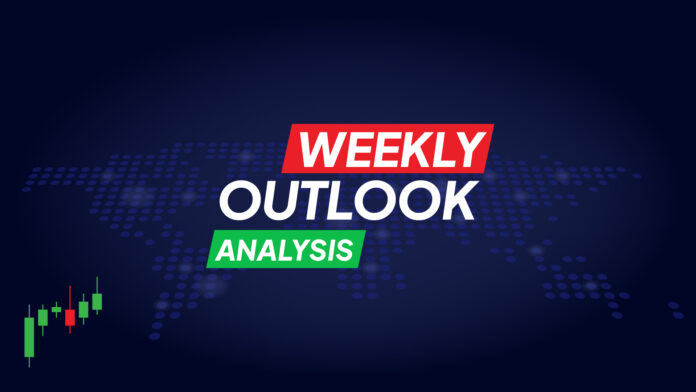Key points to watch out for:
- BoE meeting on Thursday, with little chance of a rate cut announcement
- The Reserve Bank of Australia looks likely to maintain a bullish stance for longer.
- Bank of Japan presents a summary of views
Still no interest rate cuts from the Bank of England
The UK economy has emerged from the deep recession it faced last year and has finally entered a recovery process. Business surveys indicate solid growth in the first quarter and even stronger momentum for the second quarter, bolstered by a pickup in consumer spending and resilient wage growth.
The downside of this economic resurgence is that inflation remains strongly elevated. With the core CPI rate above 4% in March, business surveys suggest a potential acceleration in the coming months as companies start raising prices to cushion consumers from rising costs.
As things stand, it is unlikely that the Bank of England will signal an immediate rate cut when it concludes its meeting on Thursday, May 9th, which would reflect stubborn inflation pressures. This outcome would not surprise investors, who currently expect the first rate cut in August.
Should the message be that rate cuts are still a long way off, it could directly benefit the pound, although the biggest reaction from the currency market may depend on the new economic estimates and votes within the Committee. Last time, one member voted in favor of an immediate cut. However, given the recent positive data, this official might vote to leave rates unchanged this time.
Overall, the outlook for sterling appears quite optimistic. So far this year, the pound has lost about 1.5% against the U.S. dollar, but it has gained a similar percentage against the euro and nearly 7% against the plunging yen. Thus, predictions of higher rates for an extended period have supported sterling, although this effect has not been evident against the dollar.
Another factor supporting the pound has been risk sentiment in equity markets, given their strong link to global risk conditions.
If these factors persist, the currency could strengthen, particularly against the yen and the euro.
In addition to the Bank of England meeting, first-quarter GDP figures will be released on Friday, May 10th, potentially showing that economic growth rebounded after a slight contraction at the year’s end.
Reserve Bank of Australia unlikely to move
In Australia, the Reserve Bank will conclude its meeting early on Tuesday, May 7th. Given the latest economic data, it is unlikely that policymakers will take any further action.
During the first quarter, consumer and producer inflation were much higher than expected, signaling that the economic recovery may be slower than the Bank anticipated. The strength of the labor market serves to reinforce that thinking, in addition to the rapid increase in housing prices.
Likewise, early signs of recovery in China’s manufacturing sector are encouraging for Australia, which relies heavily on exporting raw materials to the Asian nation. Over time, this could further boost Australia’s economic growth.
Considering all factors, the RBA has no reason to change its neutral stance during the meeting. It might adopt a slightly harsher tone, though announcing another rate hike is unlikely.
A neutral stance on interest rates would leave the Australian dollar largely influenced by global risk appetite and developments in China. In that regard, China’s latest trade data, due on Thursday, May 9th, could be crucial for the currency.
Bank of Japan to release a summary of views
The Japanese government has intervened in the currency market to buy the falling yen, pushing the currency about 3% higher last week. That said, the main factors that moved the yen to its lowest levels in 30 years remain, raising doubts about the sustainability of the recovery.
If the yen is to register a real turnaround, interest rate differentials must come down, either through a rate cut by the Federal Reserve or a hike by the Bank of Japan. However, this seems unlikely to happen in the coming months, so the yen may remain under pressure, even if foreign exchange interventions help to prevent it from reaching new lows.
This Thursday, May 9th, the Bank of Japan will present the summary of views from its April meeting, which will provide hints on the possible timing of the future rate hike, along with the latest domestic wage figures.
Finally, in Canada, April employment statistics will be released on Friday, May 10th.



